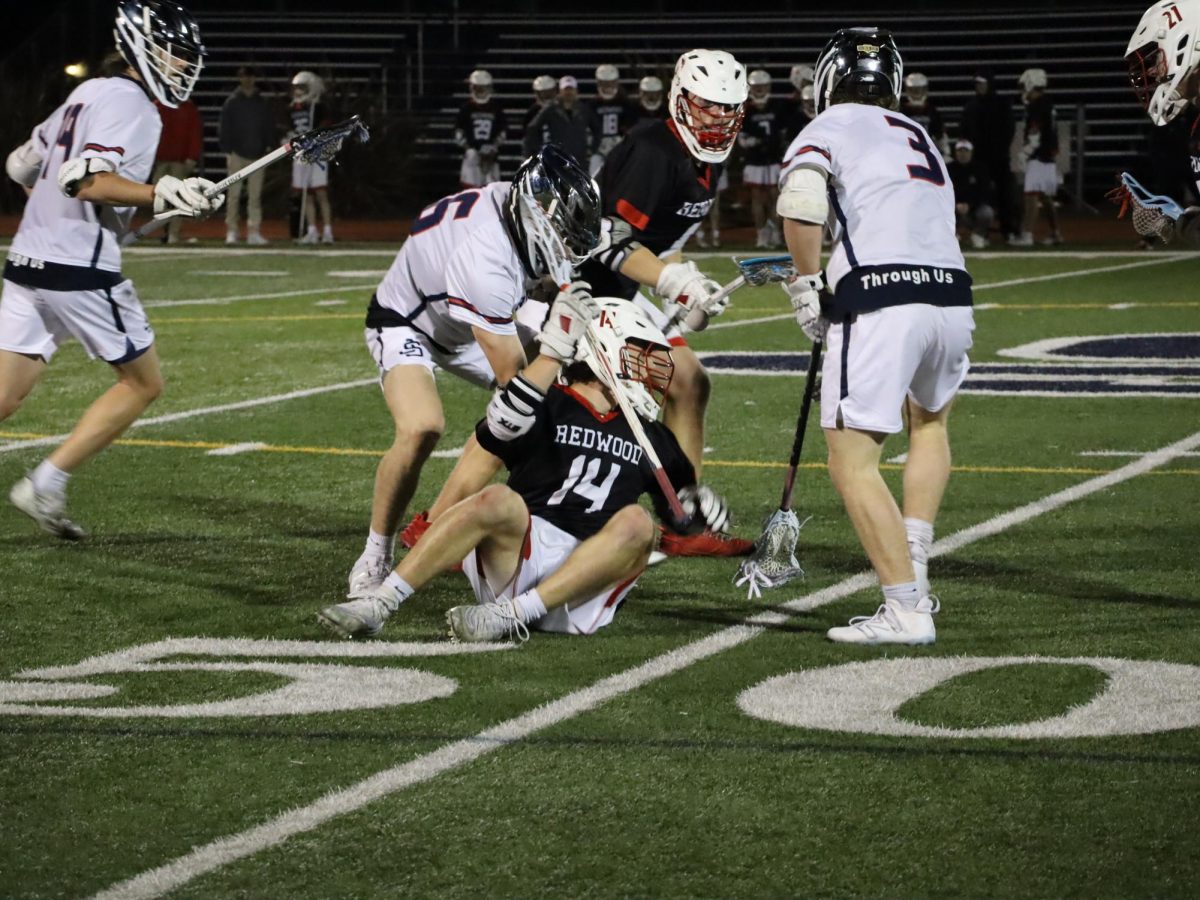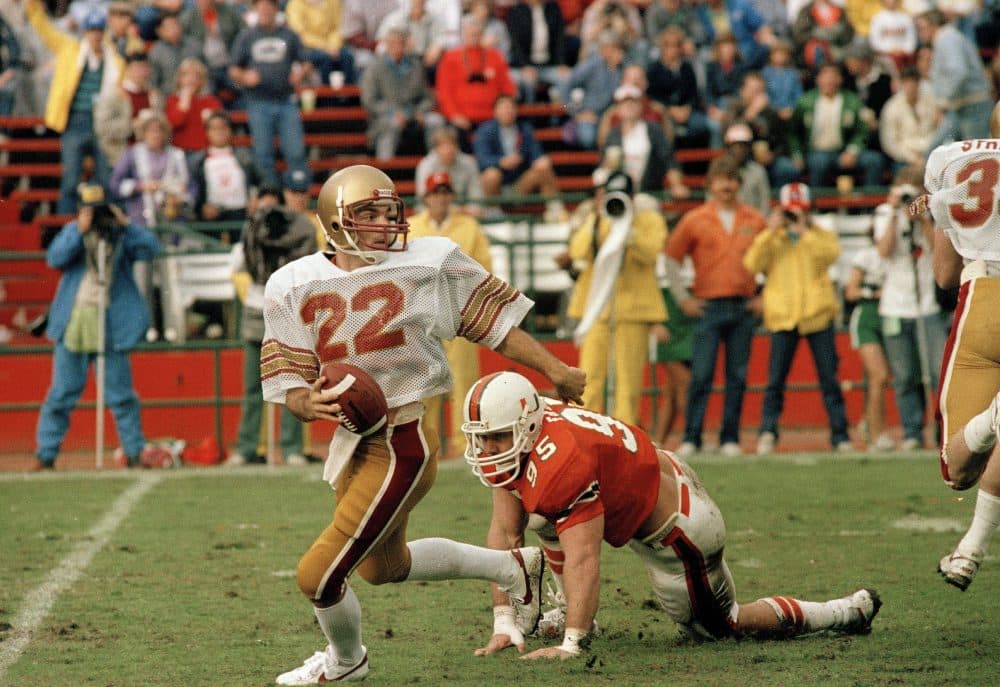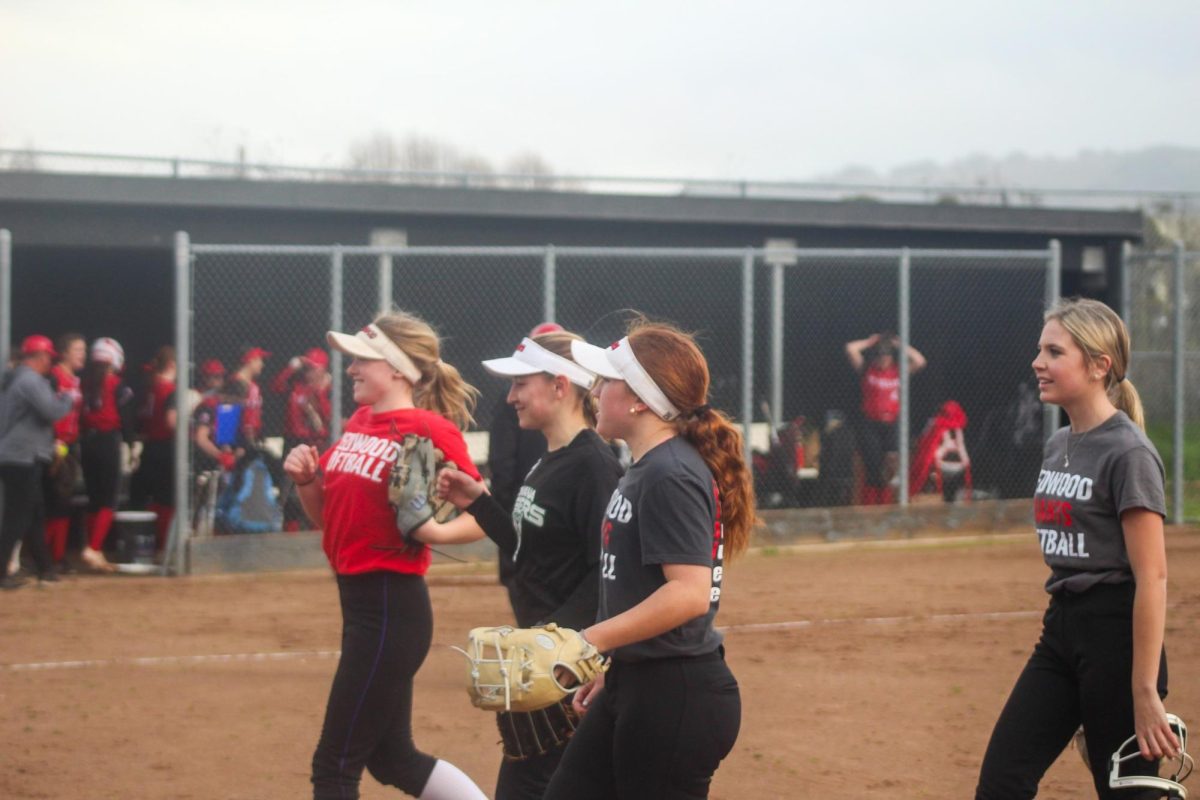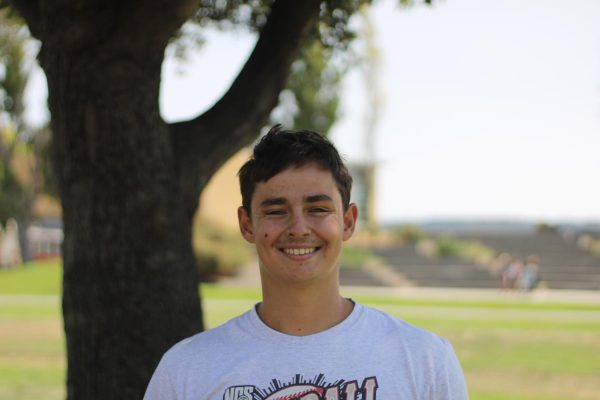Over the past decade, the landscape of youth sports has changed dramatically. A teenage athlete in 2023 is 29 times more likely to receive anterior cruciate ligament (ACL) reconstruction surgery than an athlete 20 years ago. Seventy percent of athletes will stop playing sports by the age of 13 and over 60 percent of high school athletes experience significant stress due to their sport. With the prospect of college scholarships, flashy Name, Image and Likeness (NIL) deals and lucrative professional sports contracts, athletes feel pressured to focus on one specific sport to maximize their potential.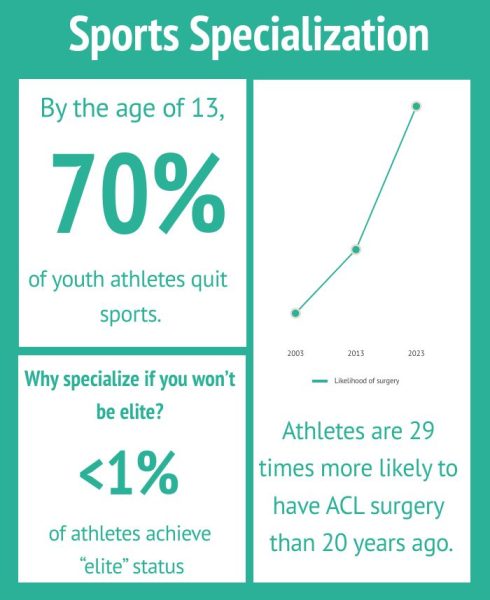
“Travel sports [are] big money makers, so there’s pressure for organizations to push kids into playing as much as they can so [the organization] can make as much money as possible. When I grew up, we were out in the street playing hockey, pickup basketball or baseball for most of the year, but now kids play travel sports instead,” Brenner said.
The youth travel sports industry has grown immensely in recent years; families spent a total of 39 billion dollars in 2021 on travel sports, according to Wintergreen Research. Large organizations such as Perfect Game, Ballislife and Overtime organize national tournaments and showcases for baseball, basketball and football, attracting families with exposure to college coaches and social media highlight clips. Athletes and their families are often told that they will eventually get college scholarships through hard work, expensive camps and tournaments offered by these companies. The year-round dedication required by this dream leaves no room for playing other sports or taking time off, and such intense training often takes a toll on athletes, leading to burnout or injuries from overuse.
One doctor who has studied these effects to a great extent is Dr. Bradford Strand, a health, nutrition and exercise sciences professor at North Dakota State University. Strand has studied sports specialization for years and subsequently published numerous studies on the mental and physical effects on young athletes.
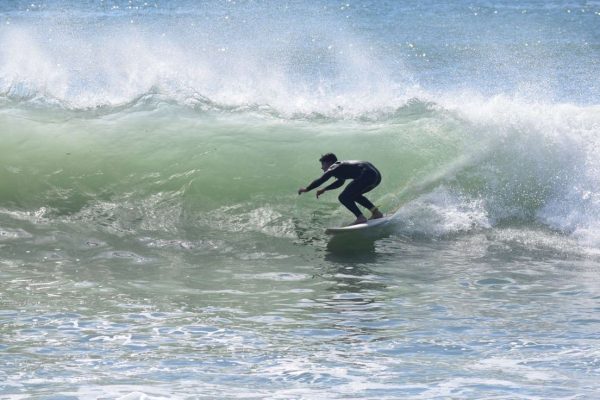
“We have more incoming college athletes with severe overuse injuries than ever before and we’ve also seen the highest rates of mental burnout in high school athletes. These are because kids are playing one sport year-round with little time to rest,” Strand said.
Brenner emphasizes the importance of “sandlot” sports games, neighborhood games without parental supervision, in the fight against youth specialization.
“One of the things we’re really trying to promote is for kids to have time for activities and sports where adults are not involved. These adults are typically the ones putting pressure on the kids in many different ways, so letting kids learn how to play sports on their own and learning how to play through having fun is essential to solving this problem,” Brenner said.
Junior Wells Borden never succumbed to the pressure of sports specialization and has continued to play golf and soccer and has surfed throughout high school.
“I believe that doing multiple sports makes me a much better athlete. Each sport requires a different type of athleticism and they all blend together to make me much more well-rounded than if I had just played one sport,” Borden said.
With the growth of the travel sports industry, families are forced to make difficult decisions that may have a large impact on a child’s future. They can decide to have their child play one sport in hopes they get a college scholarship, but then they risk injuries and burnout, not to mention that only two percent of high school athletes obtain college scholarships. On the other hand, they can enroll their children in multiple sports and increase their overall athleticism and health, with a lower chance of a college scholarship. Both possibilities have their pros and cons, and parents must weigh both sides before making the crucial decision.

